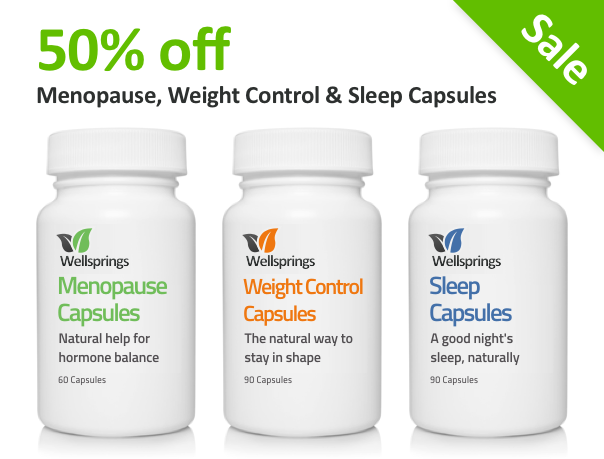Parabens And Increased Breast Cancer Risk
Parabens have been linked to cancer since 1983, but what are you using that contains them? Bioidentical progesterone protects against breast cancer, and is paraben-free, but what everyday products are you using that contain them?
In all the information we have about breast cancer risks, one thing is not made clear enough – the greater your exposure to parabens, the greater your risk. Researchers at the University of Reading in the UK found that 99 per cent of all tissue samples taken from 40 women who had undergone mastectomies for breast cancer contained at least one paraben – and that 60 per cent of the samples contained five parabens.
What are parabens and what do they do?
They are a synthetic chemical compound of para-hydroxybenzoic acid and are known to have an oestrogen-mimicking effect – and oestrogen is well known to play a key role in the development, growth and progression of breast cancer.
You may not recognise the name, but they are used as a preservative in thousands of products such as shower gels, moisturisers, toothpastes and underarm deodorants to give them a longer shelf-life. It is not just in your toiletries eiher, but they are also used to inhibit microbial growth in prescription medicines and foods, such as processed meat products.
This is not ‘news’ as the dangers of parabens have been known, written about and reported for more than 30 years, but it seems no one is really paying attention to these dangers. In 1983, the Journal of the American College of Toxicology was reporting that animal tests carried out using sodium lauryl sulphate “caused depression, laboured breathing, diarrhoea, and even death in 4 out of 20 animals tested.”
Fifteen years later, in 1998, Dr Samuel Epstein, Emeritus Professor of Environmental and Occupational Health at the University of Illinois, reported on diethanolamine (DEA) in the strongest terms:
“High concentrations of DEA-based detergents are commonly used in a wide range of cosmetics and toiletries, including shampoos, hair dyes and conditioners, lotions, creams and bubble baths, besides liquid dishwashing and laundry soaps. Lifelong use of these products thus clearly poses major avoidable cancer risks to the great majority of U.S. consumers, particularly infants and young children. Further increasing these cancer risks is longstanding evidence that DEA readily interacts with nitrite preservatives or contaminants in cosmetics or toiletries to form nitrosodiethanolamine (NDELA), another carcinogen as well recognized by Federal agencies and institutions and the World Health Organization, which, like DEA, is also rapidly absorbed through the skin.”
He urged America’s controlling body – the FDA – to ban its use in consumer products and got the following response:
“These chemicals [cocamide DEA, lauramide DEA, linoleamide DEA and oleamide DEA] should not be used as ingredients in cosmetic products containing nitrosating agents.”
The key word here is ‘should’, as nevertheless, DEA, TEA and MEA continue to be widely used in a variety of toiletries and cosmetics.
How to minimise your risk
Labels are your best friends here, read them, and when buying anything check the ingredient list. More companies are being made aware of consumer concerns, so it pays to be careful – particularly if you already have a high risk for breast cancer – so go for natural products that clearly tell you what is in them.
The best protection for breast cancer is to reduce oestrogen dominance and have good levels of bioidentical progesterone to offset the excess oestrogen that is related to breast cancer. Bioidentical creams should contain no parabens and companies should be happy to tell you exactly what is in their products.

















